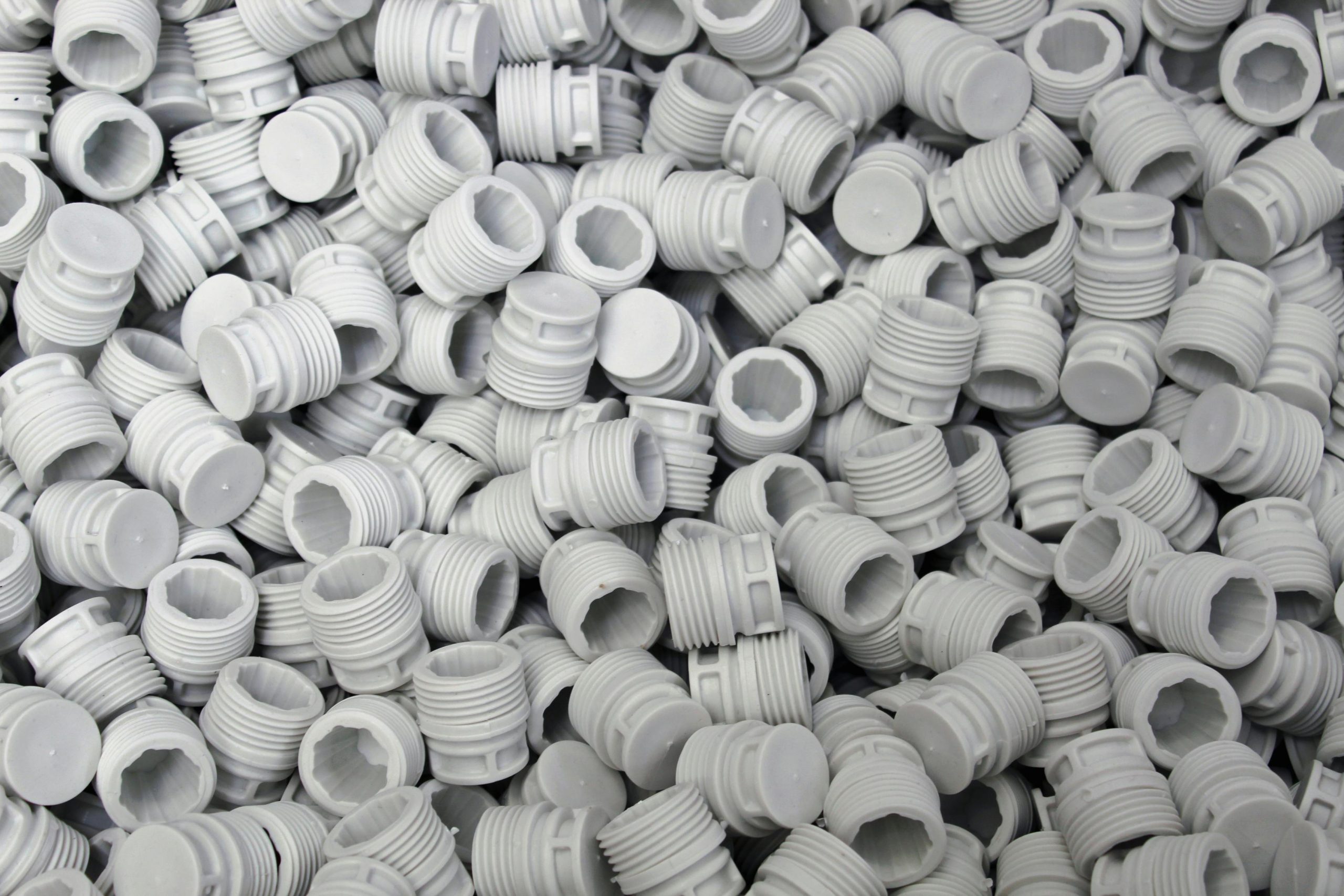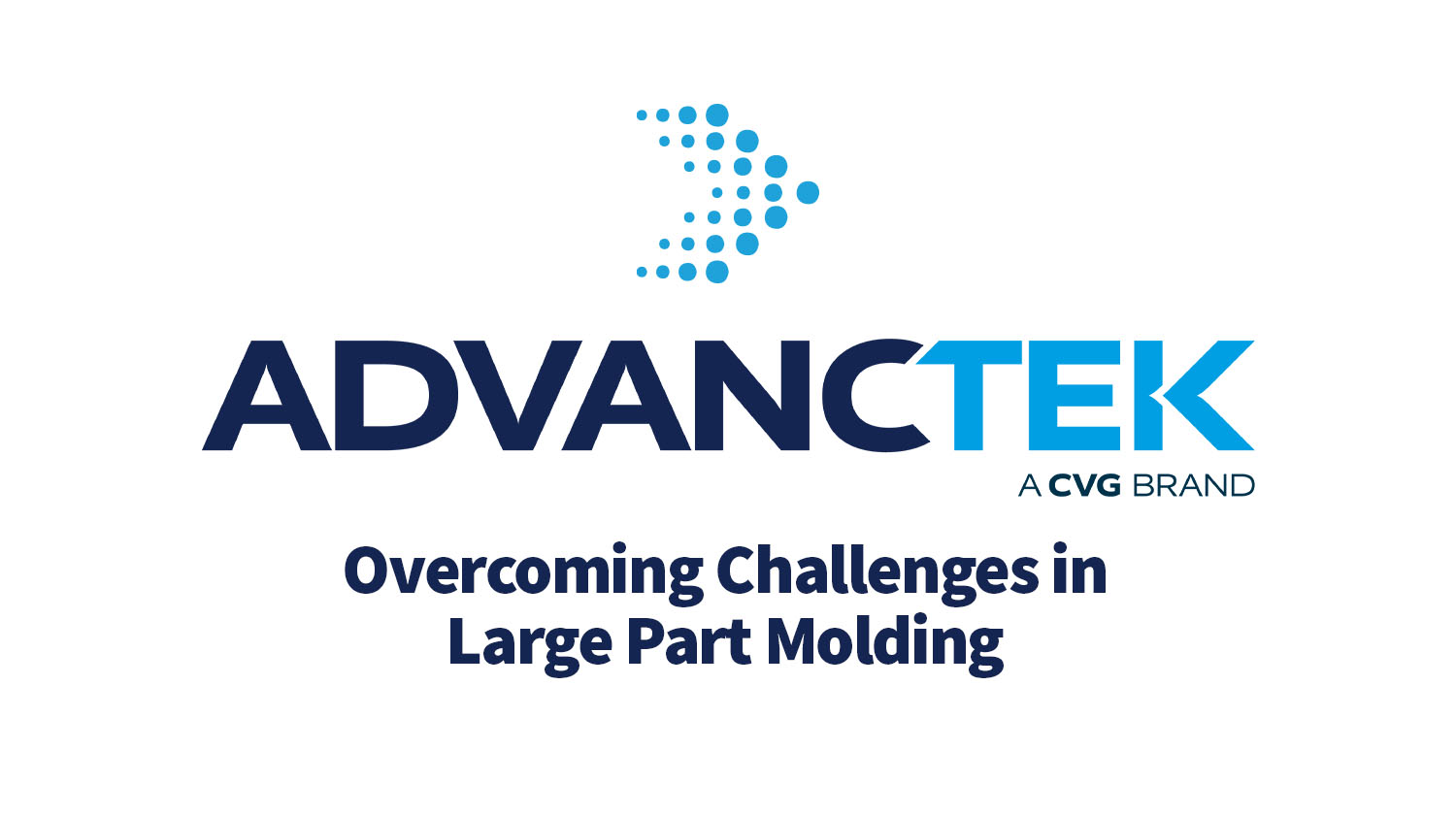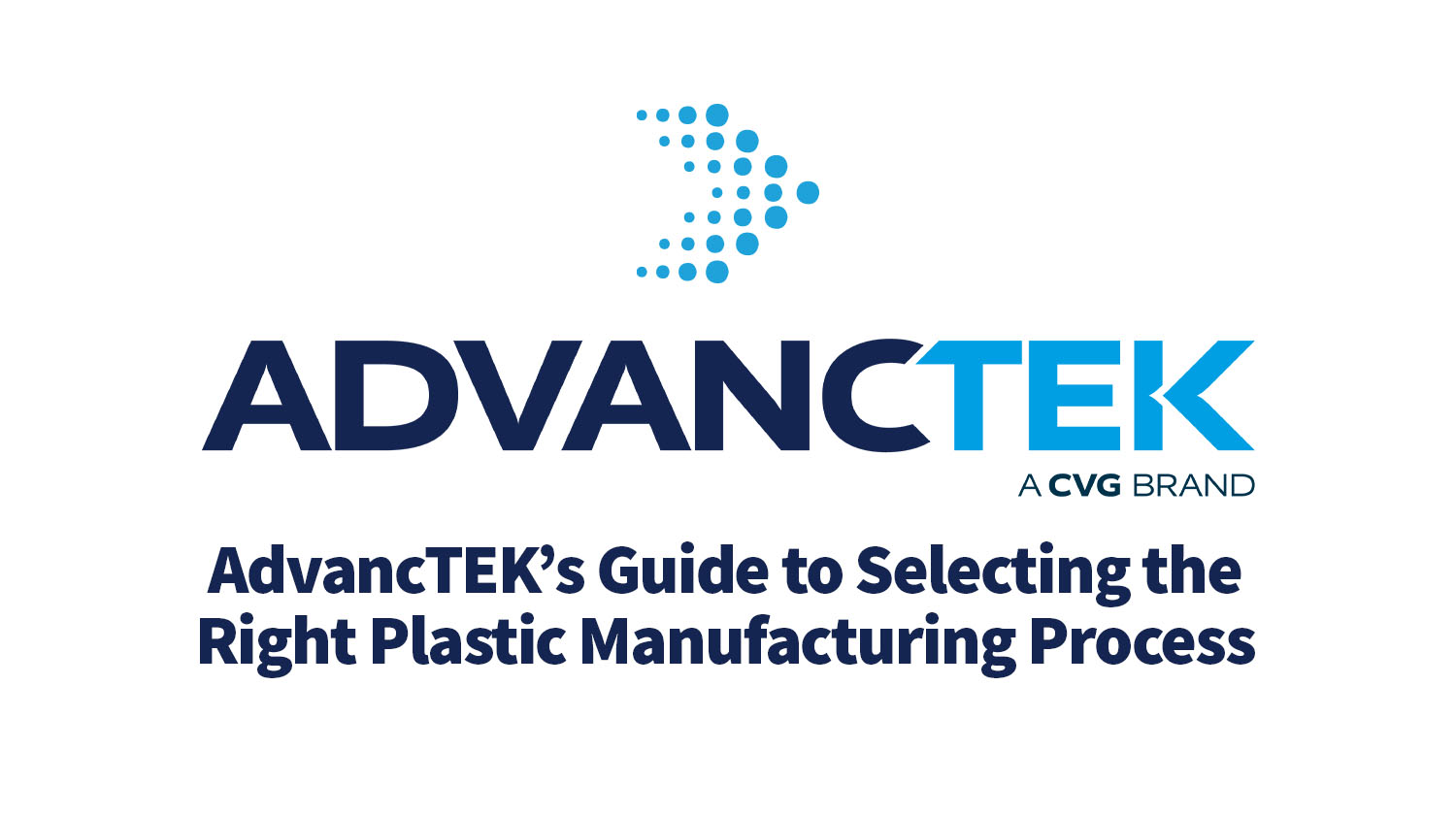Rob Osgood • September 16, 2021
Without a doubt there are a plethora of injection molders to choose from, all offering their own unique value proposition or solutions. But if you have a large part to mold, it narrows the field considerably. For the sake of clarification; large tonnage injection molding typically is a part size that requires a press tonnage in excess of 1400T.
When developing a new product or platform, designers often take the strategy of breaking up a large part into multiple smaller ones rather than consolidating them into one molded part. The trade-off is that it opens the field to a larger number of molders with lower tonnage, but from a supply chain perspective it creates more SKU’s to manage, the likelihood of a higher capital outlay in multiple tools, and the possibility of delivery disruption if one or more of the molded parts is not delivered to meet your build schedule.
The old adage “if it was easy everyone would do it” is very apropos when it comes to molding a big part. What factors should you consider when selecting a partner for your large part?
How to determine press tonnage?
First and foremost, what size press will be required to mold your part? To understand the press tonnage that may be required to mold your part, the typical formula used is to take the surface area of your part and multiply it by 2 tons per square inch. So if you have a part that is 30” x 30” or 900 square inches the calculation would be as follows:
900 x 2 tons/square inches = 1800T
This is a good starting point, but part thickness, geometry and design features can also impact the press tonnage. As a part increases in size so does the clamp force required to hold the mold together, and because the part is larger it requires more pressure to push the molten material through the mold. Once the part is molded you need significant force to push the two halves of the mold apart to remove the completed part.
Other factors that come into play are the material selected, processing parameters to heat and melt the resin, how the tool is gated, runner systems, and the cycle time required to fill the mold. All of these factors make it critical to select a large part injection molding partner who has the tool design and processing experience necessary to take these factors into account.
Investment and Infrastructure
It would seem intuitive that the bigger the part and the bigger the press, then the larger the investment and infrastructure required to support this injection molding solution. A large tonnage press takes up considerable real estate on the manufacturing floor both horizontally and vertically. As an example; a 3500T injection molding press dimensions are approximately 50’ L x 20’ W x 15’ H and weighs in excess of 260T. The upfront investment for large tonnage presses runs anywhere from $1.5 to $2.5M and can go higher when you add a 6-axis robot for part removal and sprue picking. Additionally, the tooling required to mold large parts can weigh in excess of 10,000 lbs.
The press size and weight require a reinforced concrete pit to be dug to handle the weight of the machine. This also means that the injection molder will need a 40-60T overhead crane to set the lifting of the machines as well as handle the tooling. Machines of this size also mean that your molding partner has to make an investment in the necessary utilities and ancillary equipment not typically required for low-tonnage molding.
Because large tonnage molding is not something many suppliers are willing to invest in, finding the right strategic partner can be difficult. AdvancTEK has years of experience and subject matter expertise in large part molding. We have large tonnage presses in both Concord, North Carolina, and Saltillo, MX with presses as large as 3500T. We continue to invest and expand our capabilities and capacity to support our strategic partnerships and end markets. Contact us today to learn more.




